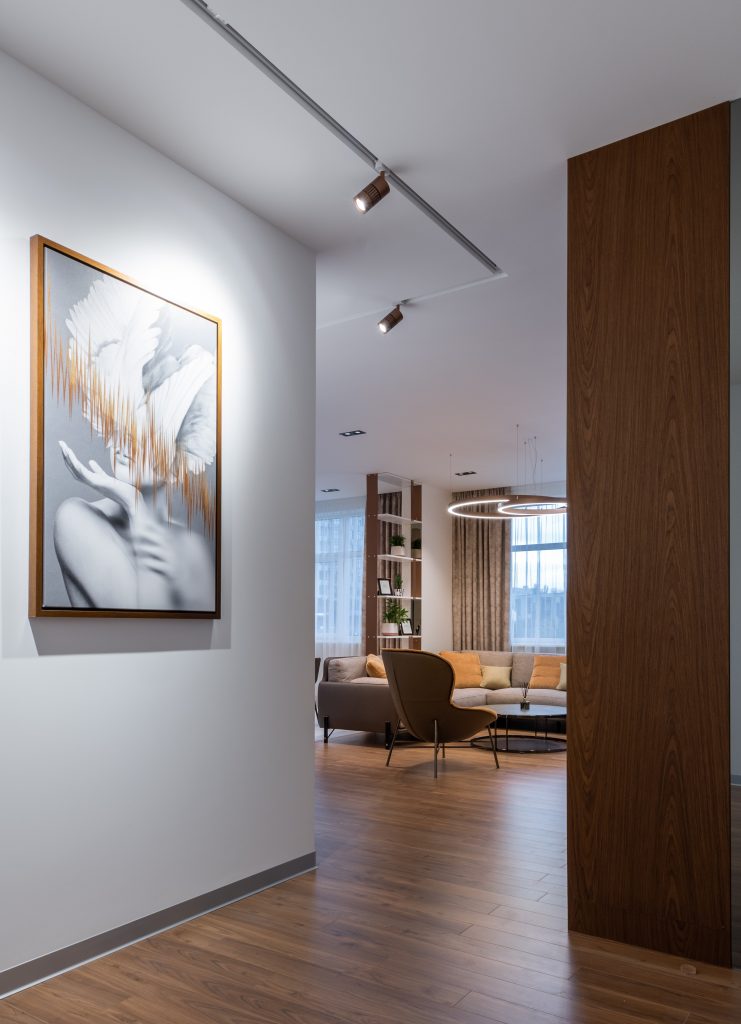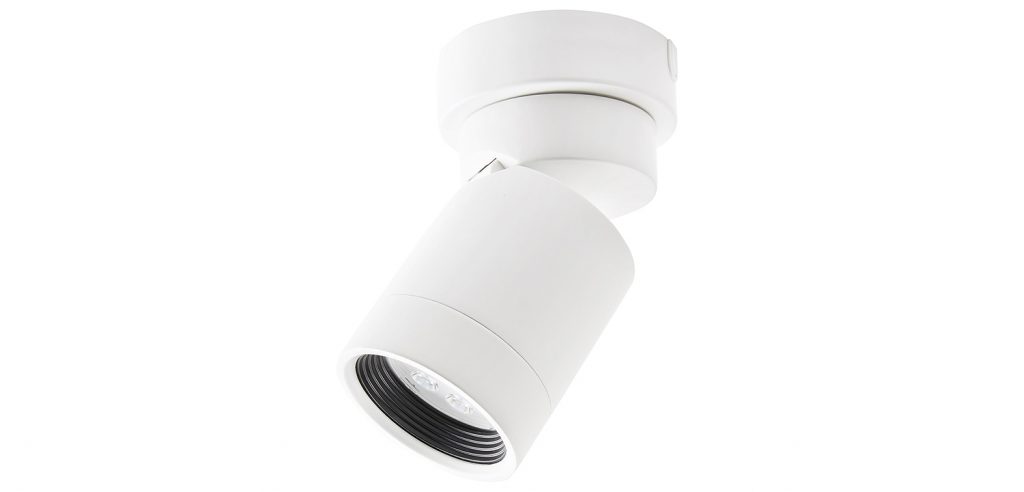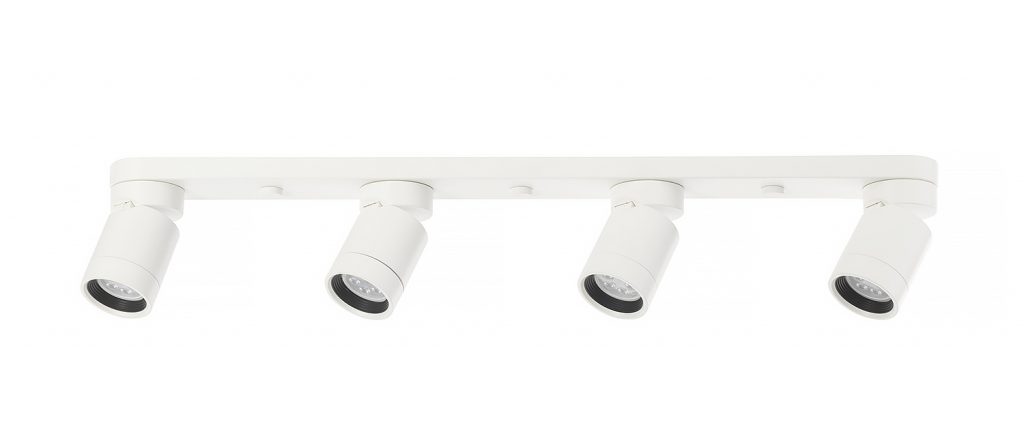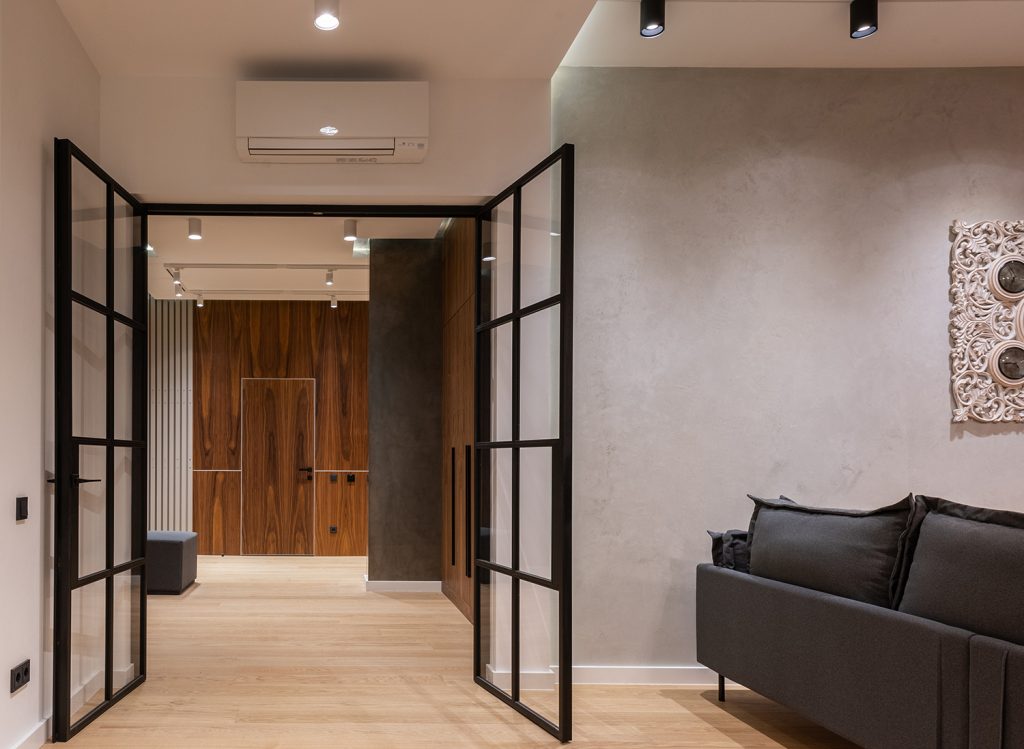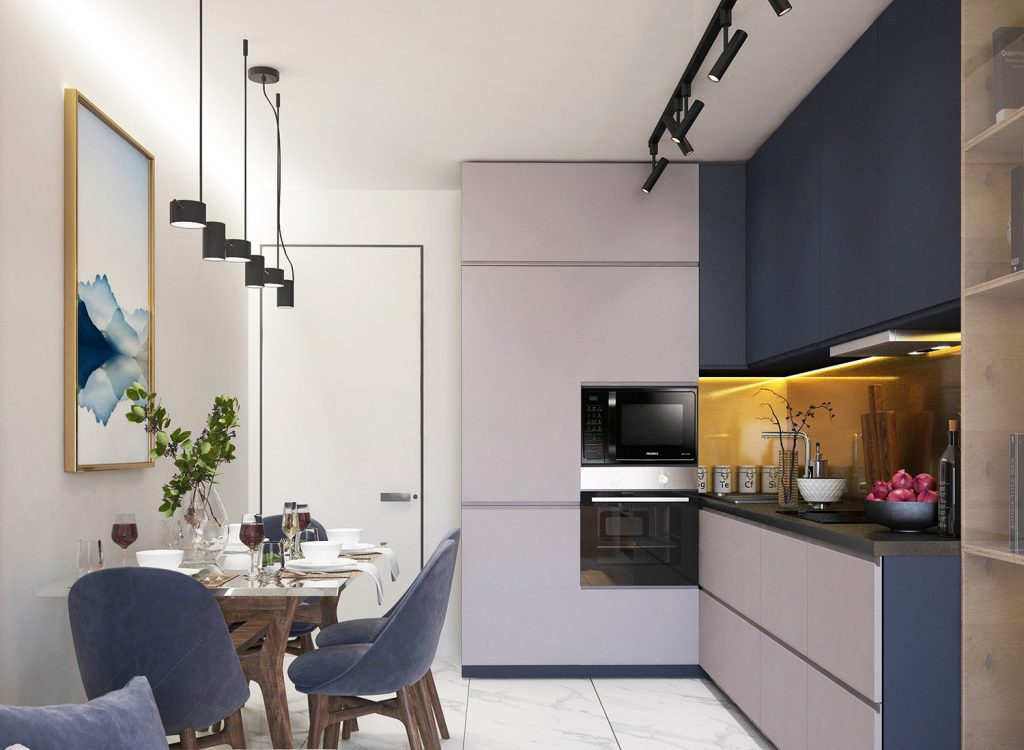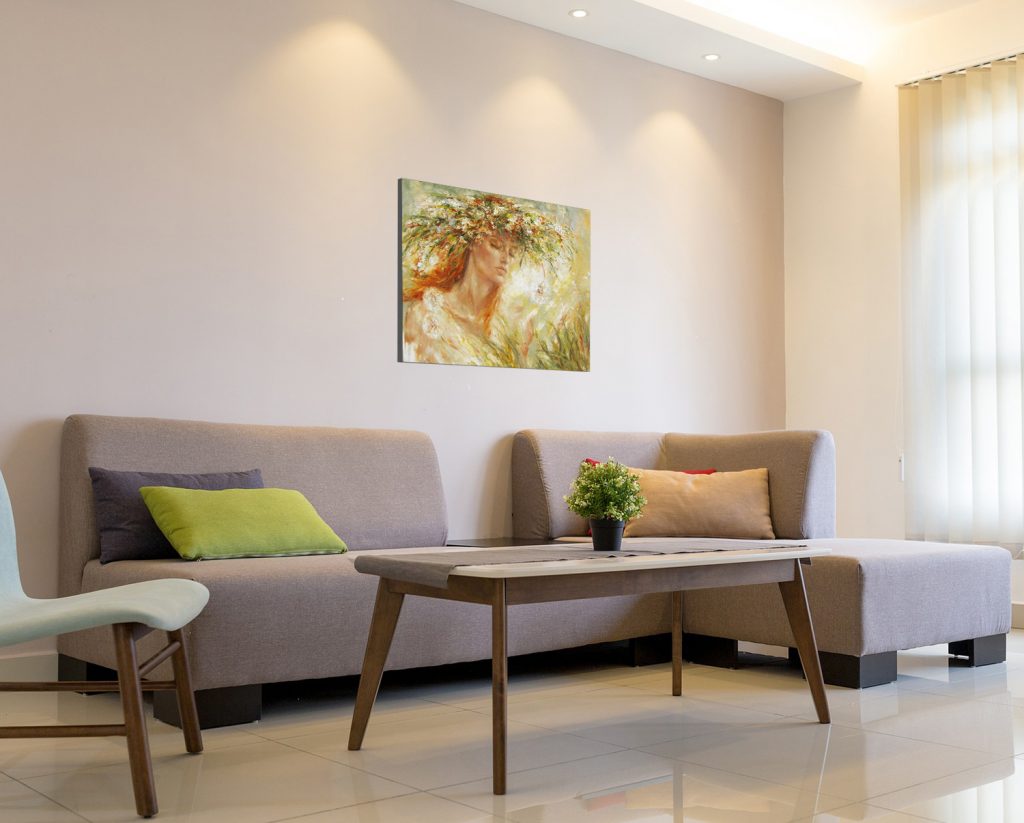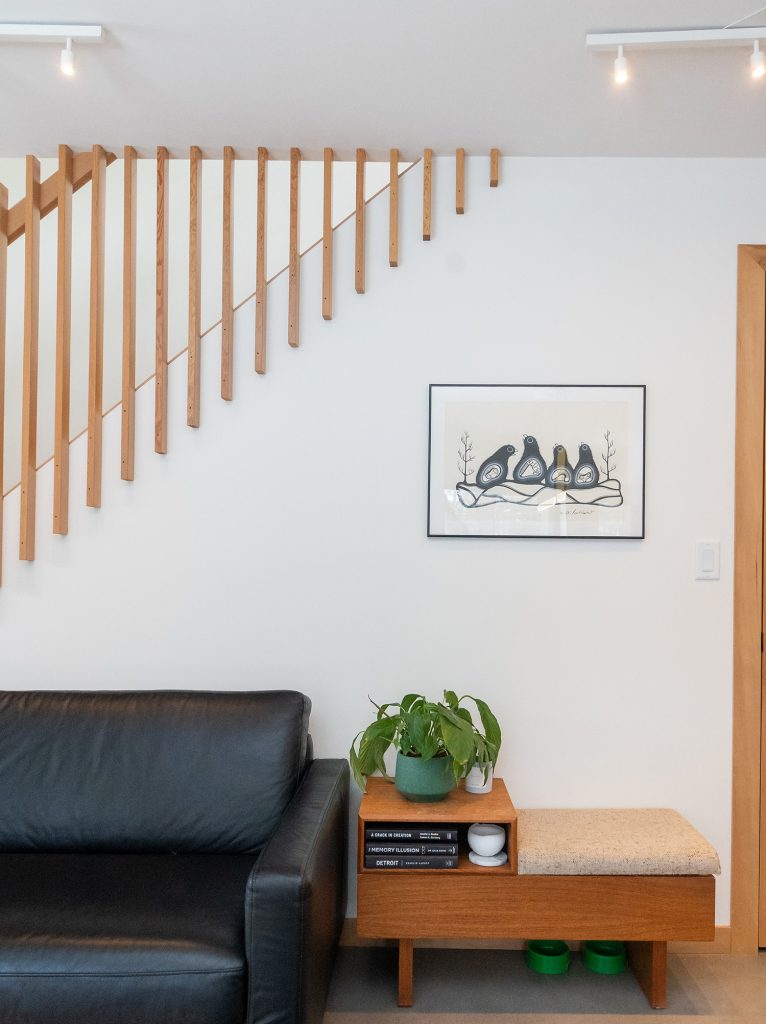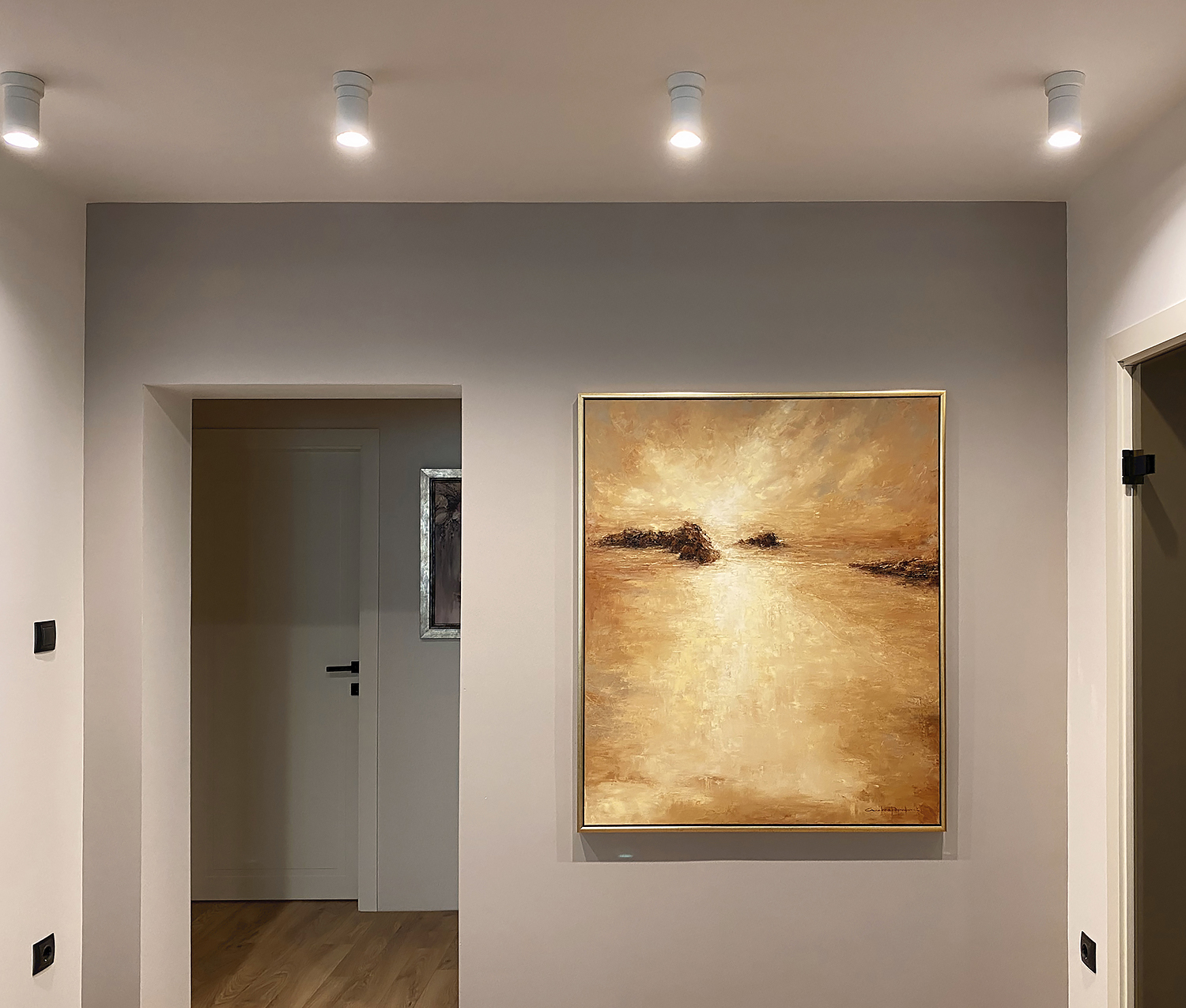
How to choose a right lighting for artworks
An inevitable part of arranging paintings is their correct lighting.
Wether an artwork needs directed lighting depends on the availability of enough daylight, and its direction. Sometimes it is perfectly enough to emphasise the colours and the details in the painting. But in most cases our homes and offices lack enough lighting for this purpose, and even more rarely hits internal spaces like the hallways for example, where we often exhibit paintings as well. And, if in the evening you would like the paintings to continue to be artistic accents, you have to consider having them lighted, and on a separate switch.
Clients often come in my studio to choose or order a painting, when they have already finished renovating their home or office. Alas, at that stage, usually, there is no dedicated lighting for the paintings, or the one installed is the so popular tubular picture lights. And unfortunately, not only are those usually aesthetically unpleasing, but also, because they are mounted too close to the painting, and the angle of light is not wide enough, they are completely inefficient. Most often the result of this type of lighting is a small flare in the upper side of the painting (usually the only thing being lighted is the frame) and a completely dark bottom part.
So, what is the appropriate solution when choosing artwork lighting?
In order to achieve an equal amount of light over the entire artwork, you need a wide enough angle between the light source and the painting, and that requires longer distance between them. An option is to use a rail of LED spots, or in case the ceiling is a dry-wall, some rails allow you to directly build them in. The actual light bodies can be added, moved or be set with different intensity, but most importantly – they can be pointed towards the artwork as needed.
Another option is using separate single spots, again mounted on the ceiling, at a wide angle towards the painting. For example, a good option are the NYMANE spots that IKEA sells. Mounted at 70 to 90 cm from the wall of the painting, they might not even need to be specially targeted.
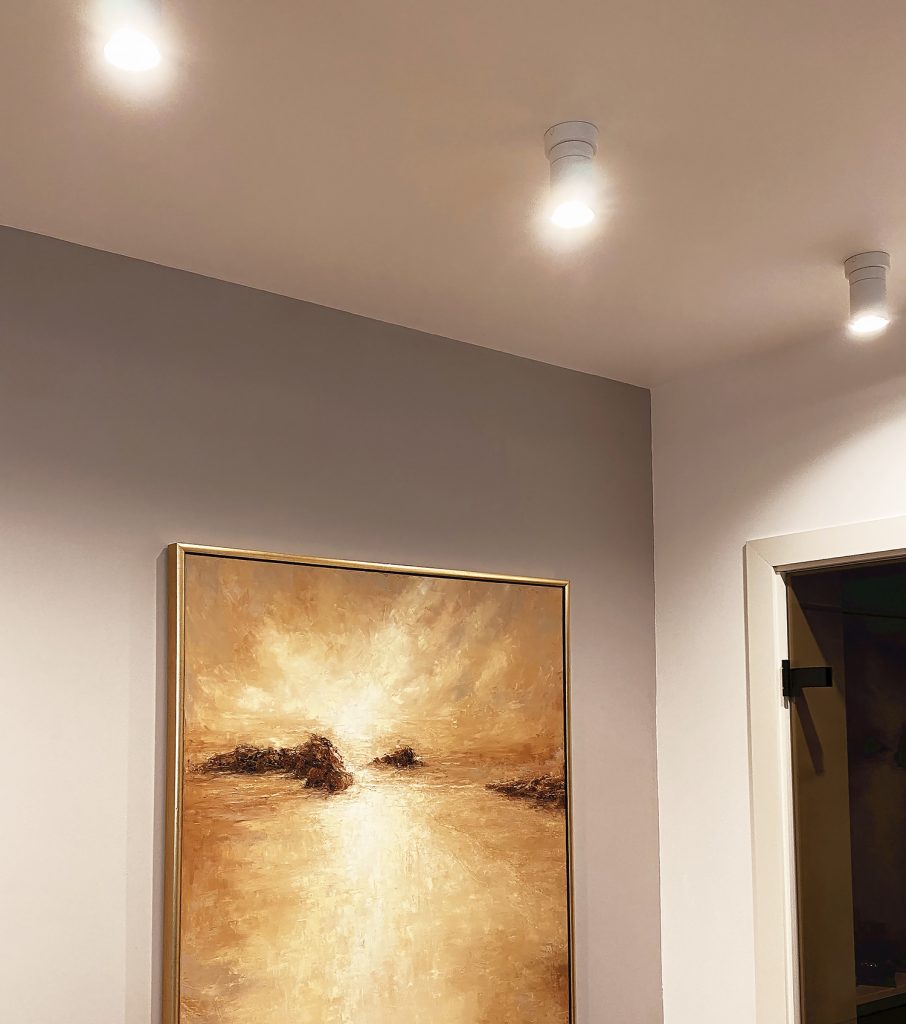
The right time to think about lighting options is at the project stage of your renovation, so that the wires and switches, and their amount, routes and locations can be planned in advance. If you have already finished the renovation, a compromise solution would be to pick a static lighting body with a few spots, that can be separately directed. Two such options are the NYMANE and the BAVE models at IKEA, but of course, you can find other models on the market as well.
It is important to take into consideration the colour of the rail/spots, if you want them to also be an accent piece. When the interior contains other dark elements (for example wrought iron), then the choice of a black rail would be particularly appropriate. But if the interior is predominantly light, the black colour of the spots on the ceiling would have the effect of a flock of crows, just drawing the eyes way too much.
And two things you should keep in mind:
I. Often people use static spotlights for lighting, built in the ceiling, near the wall where the painting is (i.e. they are physically above it). That is also not an effective way to light a painting, because of the lack of enough intensity and also because of the narrow beam of light from these type of spots. But, on the other hand, if the artwork is more decorative, and with a more deep relief , the top lighting could have a very interesting and dramatic effect, but that requires spots with significant light intensity.
II. If you have paintings behind glass, or you plan to have such, it is very important to know that regular glass is extremely difficult to be properly lighted. The flares are unavoidable even at natural (dispersed) daylight, getting a mirror effect, where it is more likely to see your own reflection rather than the painting behind the glass. The solution is using anti-reflex glass or museum glass and choosing hanging location so that there is good, and non-direct, natural light.



